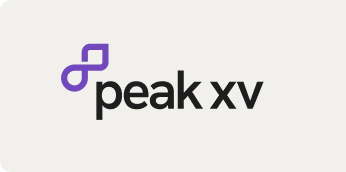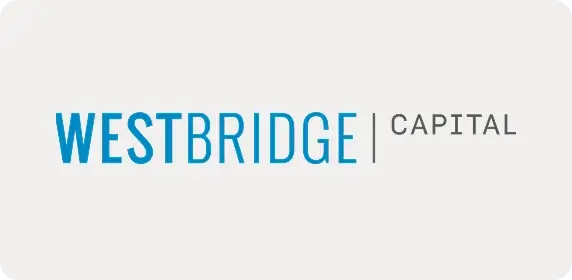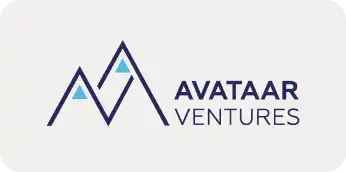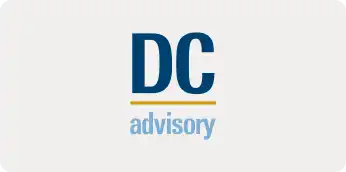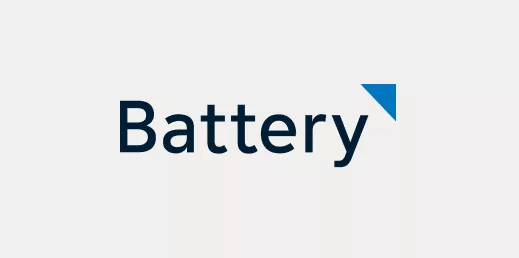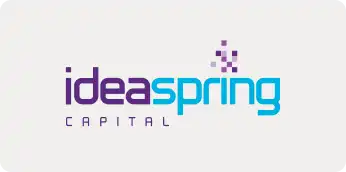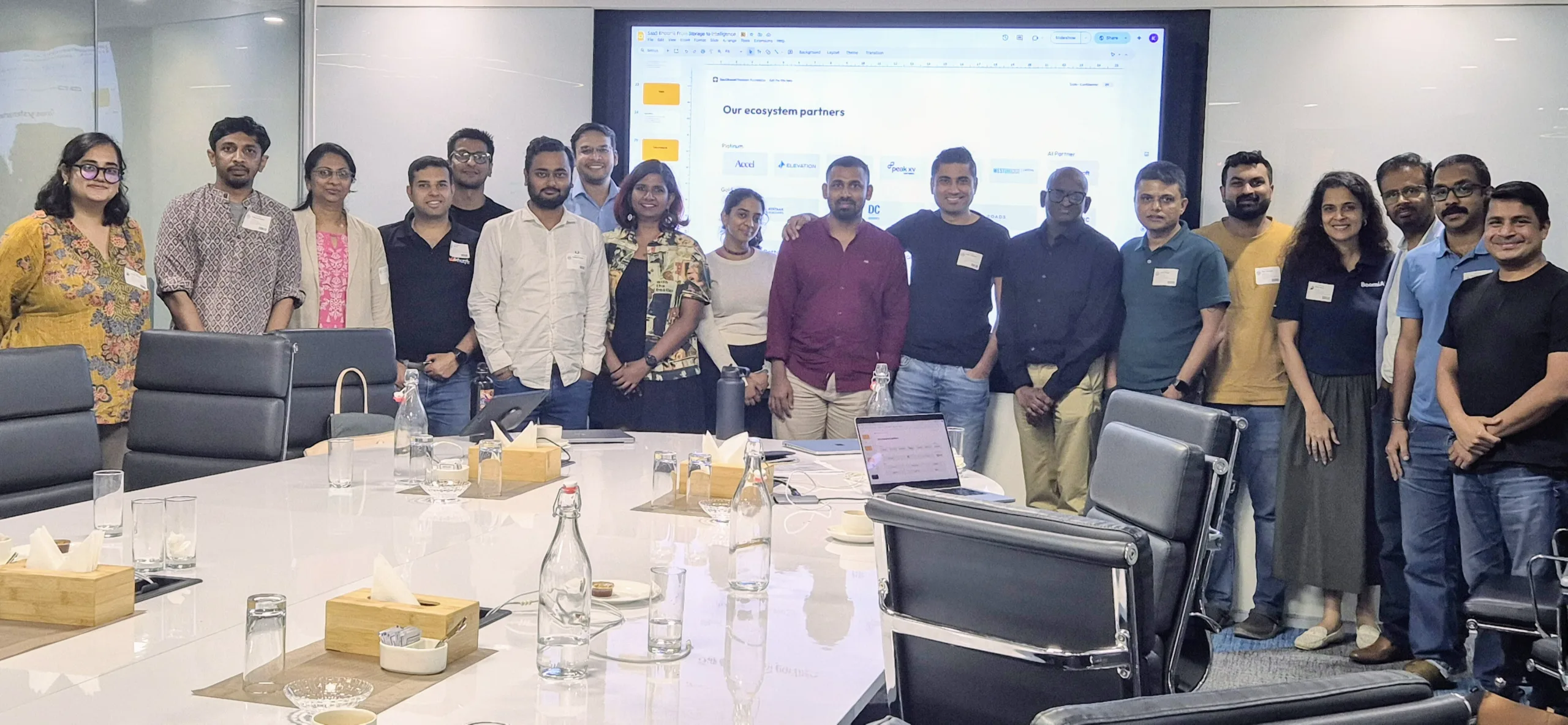
With all the hype about SaaS businesses being disrupted by AI agents and outcome-driven models, a conversation between product leaders from traditional SaaS companies was bound to get interesting.
Vasanth Krishna, former Director of Product at Dropbox, wasted no time diving into his past experiences, highlighting what didn’t work. He offered crucial perspectives on how to evaluate promising AI initiatives and the fundamental DNA shifts needed in organizations to embrace the AI era.
For traditional SaaS businesses with an established customer base, the uncertainty can be unsettling. Building something with an ‘AI tag’ for the sake of it doesn’t move any needle. But going all in doesn’t seem like a great option if you are uncertain about the direction, either.
Switching from a deterministic to a probabilistic lens
For years, many SaaS products were built around predictable workflows: given a specific user input, you could expect a consistent output. While elements like recommendation panels added some variability, core user journeys largely remained deterministic.
However, AI systems that leverage Large Language Models (LLMs) and other generative models are inherently probabilistic. This means the same input, even with the same context, can yield different outputs.
This shift presents a significant paradigm change for every team involved in the development lifecycle. From product managers planning for features where the outcome may not be deterministic, to design teams factoring in “explainability” of AI-generated responses and building trust, to engineering teams maximising the likelihood of the desired response.
Finding opportunities with AI
We quickly realized that while reducing UI friction, like adding a copilot, can improve usability, it’s not enough on its own. Embracing AI-first thinking requires a deeper cultural shift within the company. Sharing insights from his current venture, Vasanth encouraged the group to explore several key AI opportunity areas:
- Optimizing Invisible Grunt Work: Addressing the often-unseen manual effort involved in using a product.
- Resolving Existing Problems with AI: Solving current problems with novel AI approaches.
- Venturing into Adjacent Markets: Leveraging AI to tackle problems in related markets.
- Seizing the new AI Capabilities: Exploring opportunities that have only become possible due to recent AI advancements.
It was insightful to hear everybody’s take on what might work, and their current limitations in pursuing an opportunity. Discussions ranged from technical limitations like hallucinations, model drift, working with unstructured data, to difficulty in assessing success, to how research is carried out across organisations.
Investing in velocity, data & UX
While ‘defensibility’ in an AI world continues to be debated, and every known and unknown competitor is trying to figure out product-market fit, traditional SaaS product teams are compelled to revisit everything from hiring and operations to their core product strategy.
Perhaps the biggest hurdle to overcome for conventional SaaS product organizations is optimising for rapid learning and experimentation within teams. This becomes especially challenging when outcomes are probabilistic and may not neatly fit into traditional OKR frameworks.
Overcoming this requires not only a greater risk appetite but also a re-evaluation of baseline skill requirements, the implementation of quick experimentation processes, and clear compliance guardrails.
It also became clear that with strong alignment, product and engineering teams can achieve significantly more with fewer resources.
The path forward
The conversation ultimately revealed that the companies thriving in this transition aren’t those with the most sophisticated AI models. Instead, those who have successfully rebuilt their organizational muscle memory around uncertainty.
They’ve learned to measure success not just in traditional metrics like feature adoption or user retention, but in their ability to rapidly iterate and learn from probabilistic outcomes.
For SaaS leaders navigating this shift, the message is clear: the companies that survive won’t be those that merely “bolt on” AI to existing workflows. Rather, it will be those who reimagine their entire value proposition through the lens of what’s now possible.
The deterministic world of traditional SaaS offered the comfort of predictability, but the probabilistic world of AI offers something potentially more valuable – the ability to solve problems that were previously impossible to address.
The critical question isn’t whether AI will disrupt your SaaS business, but rather whether you’ll be the one doing the disrupting. As Vasanth noted, the organizations that embrace this fundamental shift in thinking—from certainty to experimentation, from rigid processes to adaptive systems—will be the ones that don’t just survive the AI era, but truly define it.











